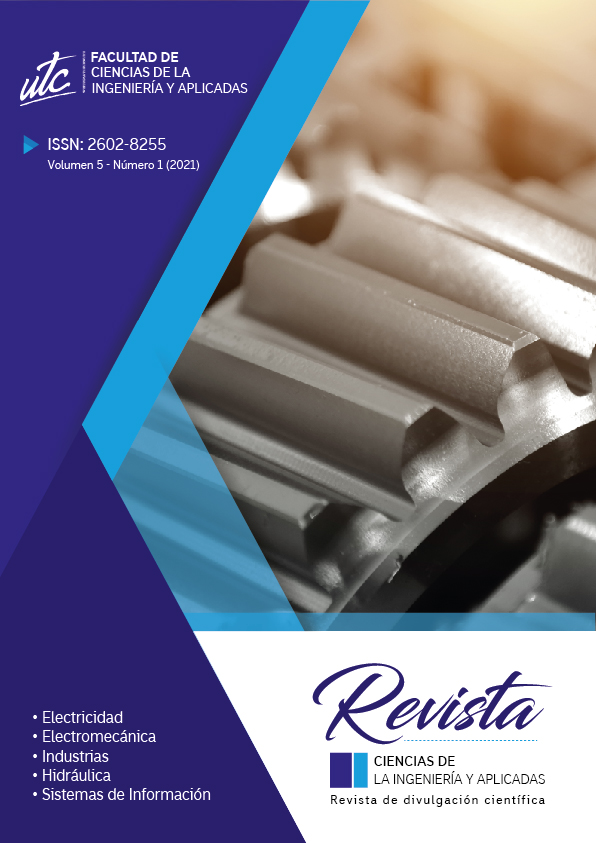Simulation model for the optimization of garbage collection transport routes in the city of Latacunga
Abstract
Logistic networks and mathematical simulation as a whole allow the development of feasible processes and analytical structures when designing optimal transport routes, the reduction of time and cost will be reflected in benefiting supply and demand in the provision of services to the final consumer. In order to reduce waste collection costs, the initial sequential processes must be taken into account through sampling. Characteristics such as geographical distance, transfer, schedules of use, preventive and/or corrective maintenance among others that are performed periodically and on a daily basis where studies and technical advice are involved. With this technical study it is guaranteed to improve the problem for a significant change in the variables and/or errors of possible routes found that throws the initial sampling; being the basis of the corrective processes to take that are focused on the impact of services which prevents an optimal process to the final consumer. Finally it is proposed to design a simulation from a technical point of view by consolidating the variables according to a mathematical model that allows to correct the real errors detected before and to deliver a documented model of optimal feasible transport routes to put in evidence the conclusions and recommendations in its use and management.
Downloads
References
J. Vidal, L. San Fe y C. Fuente, «Resistencia mecánica y soportes para revestimientos cerámicos,» Materiales de Construcción, vol. 15, nº 2, pp. 28-32, 2000.
G. Benveniste, C. Gazulla, P. Fullana, I. Celades, T. Ros y V. Zaera, «Análisis de ciclo de vida y reglas de categoría de producto en la construcción. el caso de las baldosas cerámicas,» Informes de la Costrucción, vol. 63, nº 3, pp. 71-81, 2011.
U. o. Arkansas, Investigación de trasporte, México: Taha Hamdy A., 2004.
C. A. G. C. John Jairo Posada Henao*, «Metodología para estudio de demanda de transporte público de pasajeros en zonas rurales,» Medellín, 2010.
W. C. P. 2. ASTMC1167 International, «www.astm.org, » 2003. [En línea]. Available: https://www.astm.org › Standards & Publications
Copyright (c) 2021 Ciencias de la Ingeniería y Aplicadas

This work is licensed under a Creative Commons Attribution-NonCommercial-NoDerivatives 4.0 International License.
The authors who publish in this journal agree to the following terms:
- Creative Commons Attribution-NonCommercial-NoDerivatives License allows others to share the work with acknowledgment of authorship of the work and initial publication in this journal.
- Authors may separately establish additional agreements for the non-exclusive distribution of the version of the work published in the journal (for example, placing it in an institutional repository or publishing it in a book), with an acknowledgment of its initial publication in this journal.
- Authors are permitted and encouraged to disseminate their work electronically (for example, in institutional repositories or on their own website) before and during the submission process, as it can lead to productive exchanges, as well as further citation. earliest and largest of published works (See The Effect of Open Access) (in English).











